One of the really great things about the E-14 Web Site is how much one can learn just by reading and paying attention to some of the threads. On Jan 9th michaelkellett posted information on the OP191 and OP192 Op Amps which he likes to use in his designs. Being curious to play with them for myself I marked down the number and ordered some of the OP 191 for my shop. The OP191s that I received were in the SOIC8 package so it was necessary to mount it on an adapter board so that I could conduct some simple experiments on the bread boards. Here is the OP191 after I mounted it on the adapter and turned it into a DIP8.
I next built a simple circuit with a gain of 10 and used my wave form generator and my oscilloscope to look at the limits of the chip and how well it performed. Here is the simple circuit.
I used a +/- 10 volt supply for the chip and I ran the input level down until I could no longer get good readings on my scope. I was very impressed with how well the OP191 worked. Actually it doesn't take that much to impress me or to cover my needs. I could have taken michaelkellett 's word for it but what would have been the fun in that? The Op Amp did a very good job reproducing sine, square, and ramp inputs.
Here are the readouts of the test equipment during one of the experiments on the Op Amp.
Thanks again to MK for the excellent recommendation and all the fun I had tonight playing with the OP191. It will be fun to use it in my next build that requires this level of Rail to Rail Op Amp. If you want to read MK's original post it is in this thread
by mudz
John.

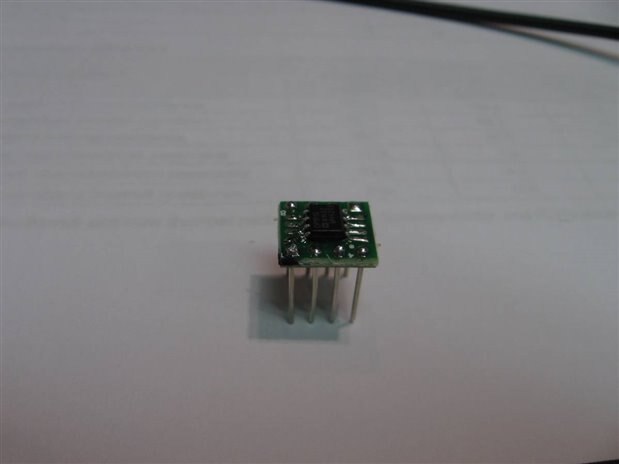
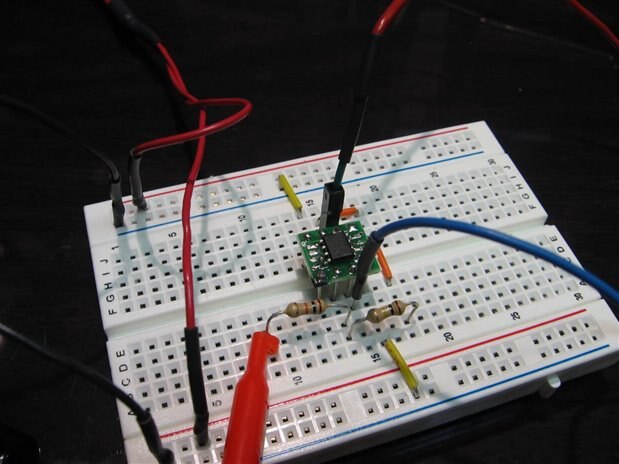
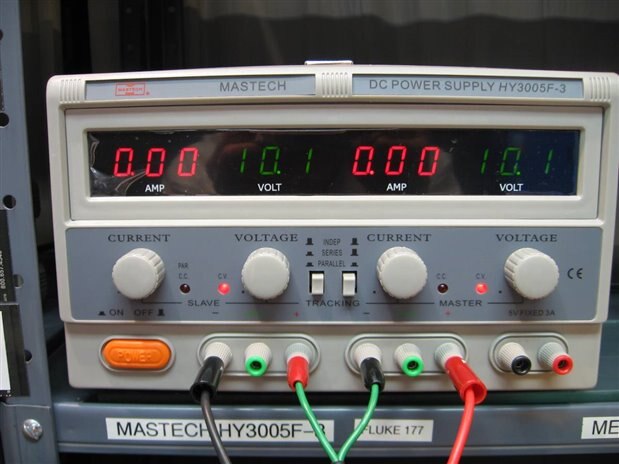
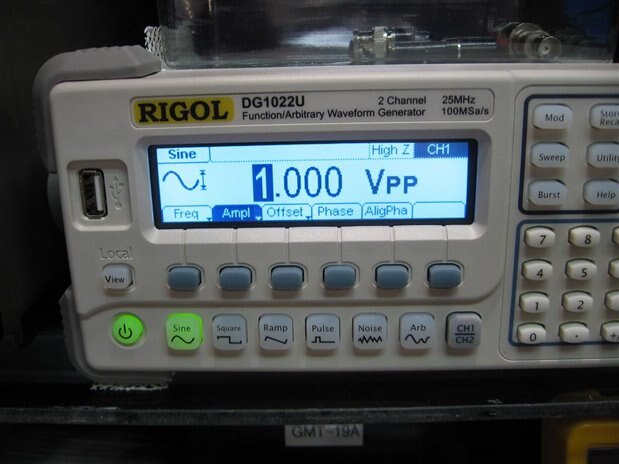
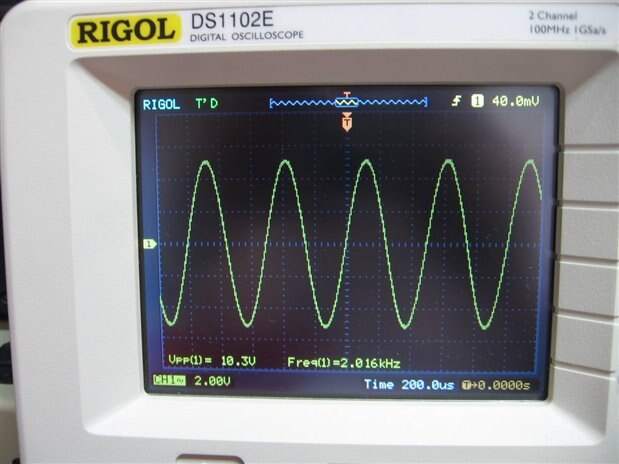
Top Comments
-

jc2048
-
Cancel
-
Vote Up
+1
Vote Down
-
-
Sign in to reply
-
More
-
Cancel
Comment-

jc2048
-
Cancel
-
Vote Up
+1
Vote Down
-
-
Sign in to reply
-
More
-
Cancel
Children